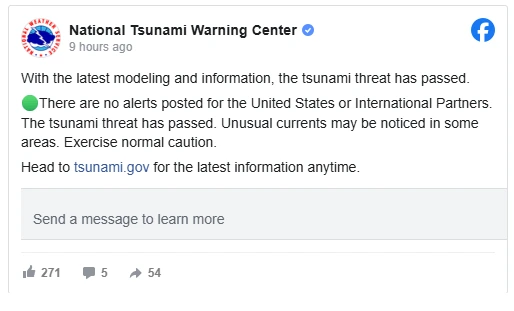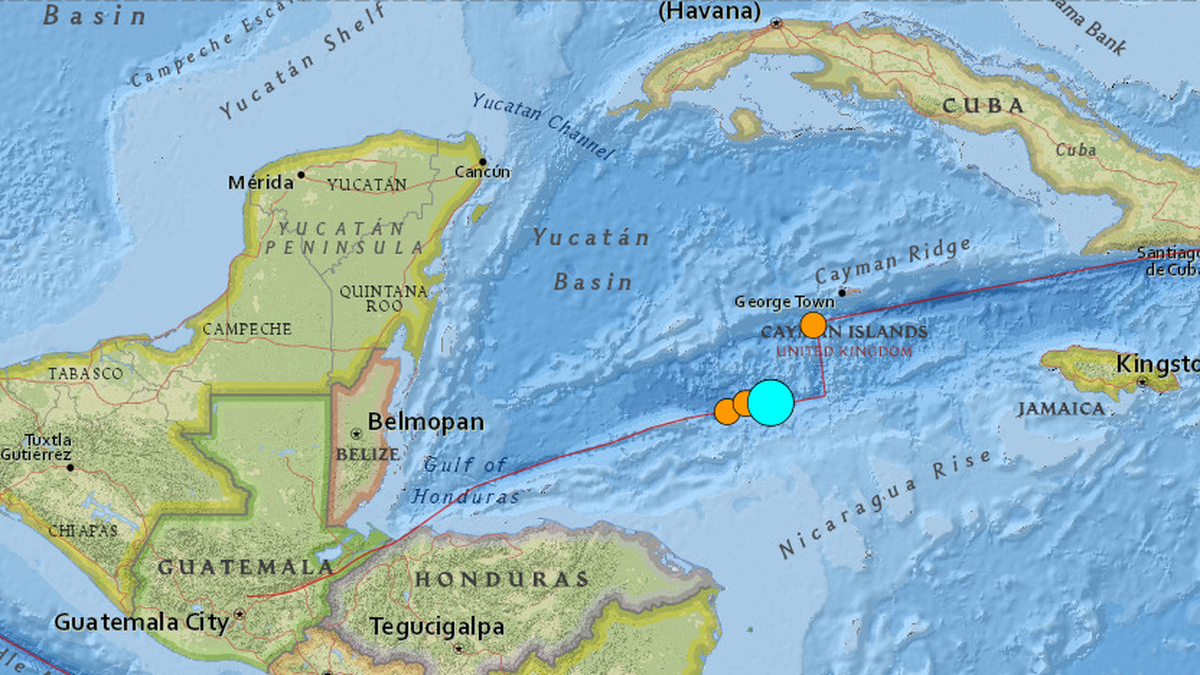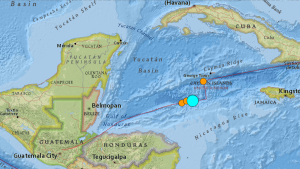A powerful 7.6 magnitude earthquake struck the Caribbean Sea, prompting a tsunami warning for Puerto Rico, the U.S. Virgin Islands, and more. Learn about the event, its impact, and why the threat has passed.
Caribbean Earthquake Sparks Tsunami Warning: What You Need to Know
A significant 7.6 magnitude earthquake rocked the Caribbean Sea on Saturday evening, triggering a brief tsunami warning for Puerto Rico, the U.S. Virgin Islands, and the British Virgin Islands. The quake, which occurred at approximately 6:23 p.m. local time, was centered north of Honduras and southwest of the Cayman Islands.
The National Tsunami Warning Center initially issued alerts for the region, warning that earthquakes of this magnitude could generate tsunamis potentially dangerous to coastal areas. However, by late Saturday night, the center confirmed that the tsunami threat had passed, with no significant damage reported.
Why This Earthquake Matters
Over the past century, 10 earthquakes with magnitudes of six or larger have occurred within 250 kilometers of Saturday’s epicenter. One of these, a 2018 quake, caused a small tsunami and minor damage. Fortunately, the remote location of this latest earthquake limited its potential for widespread destruction.
According to the U.S. Geological Survey (USGS), the earthquake resulted from “strike-slip faulting in the shallow crust near the boundary between the North America and Caribbean plates.” The agency noted that while such earthquakes are often plotted as points on maps, they actually involve slip over a larger fault area.

Tsunami Threat and Advisory
In addition to the initial tsunami warning, the National Tsunami Warning Center issued a threat advisory for Cuba, Honduras, and the Cayman Islands. At one point, a 1.2-inch tsunami wave was detected in Isla Mujeres, Mexico, on the Yucatan Peninsula. While this may seem minor, it served as confirmation that a tsunami had been triggered by the earthquake.
By Sunday, the center confirmed that the tsunami threat had fully passed, stating, “With the latest modeling and information, the tsunami threat has passed. There are no alerts posted for the United States or international partners.”
Expert Insights and Safety Measures
Ángel Vázquez, director of the Puerto Rico Seismic Network, emphasized caution during the uncertainty following the quake. “Although a high-impact event is not anticipated, as a safety measure, no one should be in the water until further notice,” he told CBS News. He also urged the public to rely on official information and avoid spreading rumors.
The USGS reiterated that large earthquakes in this region are not unexpected, given its location along a tectonic plate boundary. While the earthquake was powerful, its remote location minimized the risk of significant damage from shaking or tsunamis.
Final Thoughts
Saturday’s earthquake serves as a reminder of the seismic activity that characterizes the Caribbean region. While the tsunami threat has passed, it underscores the importance of staying informed and prepared during such events. Authorities continue to monitor the situation, but for now, the region can breathe a sigh of relief.








